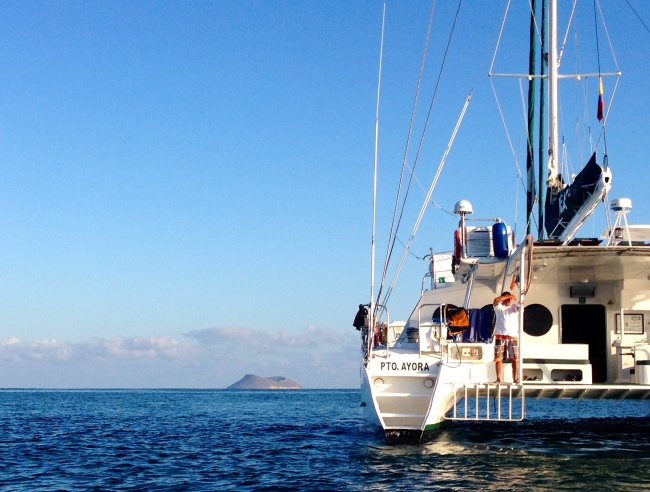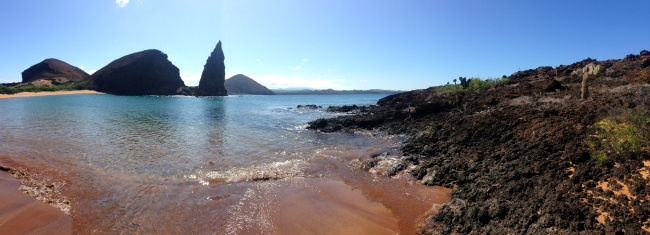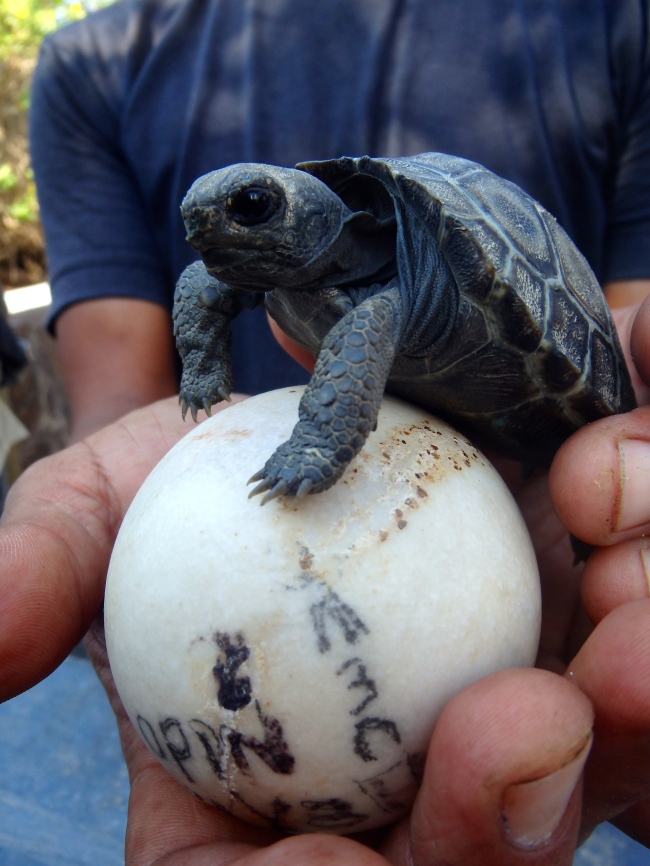At the end of every SIT program, students are required to complete a month-long independent study that results in a 20 page (single spaced) report and a presentation. I was initially inspired by the idea of living on the coast, and through this interest I was introduced to a project in the small fishing based town of Puerto López. Puerto López is a small town encased in Machililla National Park that was recently titled an “ATP”/Areá Turistica Protegida or Protected Touristic Area in attempts to attract ecotourism. However, the town faces insormountable problems with pollution and infrastructure that it must first face before it aims to bring in more tourists. I am doing a study on how past development has affected the beach ecosystem, finding the roots of the current problems with pollution and suffering beach flora and fauna, and I am looking into the plans for future development and hypothesizing how it will further influence the natural environment and the citizens here in Puerto López. My methodology so far has included using Google Earth imagery to measure land use change over the past 10 years, and I am in the process of surveying 150 people about their opinions on who is to blame for the pollution, how it can change, what the town lacks in public services, etc. The surveys are my favorite and least favorite part of the project because they lead me to have insightful conversations with dozens of fascinating people in the town, but also take FOREVER! As of now I have 22 responses to the survey, and lack 128. Luckily I have 2 more weeks to complete the rest of them and any other data needed before I have a week to write!

I am living with la familia Serrano, a sweet family who live in the center of town and only two blocks from the beach 🙂 This past week was Semana Santa, or Holy Week, which is heavily celebrated in Ecuador. Many family members from Guayaquil came up for the week for vacation and I tagged along for trips to nearby beaches including Los Frailes in Machililla National Park- beautiful!
Tomorrow is my 21st birthday and more importantly, Earth Day! I will be participating in a Minga or a trash collection activity around the town with a club called “Proyecto Puerto López Limpio” that consists of local middle and high schoolers- hope for the future! It is more common to see someone throw their plastic bottles/bags/containers in the street than it is to see them throw it in a trash can. Its part of the culture, and its something that needs to change. ¡Feliz día de la Madre Tierra!





























